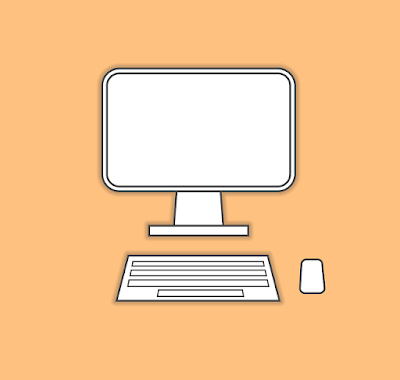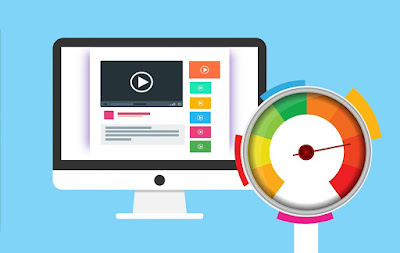How to Leverage Augmented Reality, Voice Assistance, and Health for Improved Well-Being
Smart Glasses: Exploring Augmented Reality, Voice Assistance, and Health Tracking
Smart glasses have emerged as one of the most exciting and promising innovations in wearable technology. Combining elements of augmented reality (AR), voice assistance, and health tracking, these devices offer a glimpse into the future of human-computer interaction.
In this article, we will delve into the capabilities of smart glasses, their potential applications across various industries, and the impact they could have on our daily lives.
Augmented Reality
At the heart of smart glasses is augmented reality technology, which overlays digital content onto the user's real-world environment. This enables users to seamlessly interact with virtual objects, information, and experiences while retaining awareness of their surroundings.
Smart glasses employ sensors, cameras, and display technologies to deliver immersive AR experiences. From interactive gaming and navigation to real-time language translation and educational simulations, the possibilities of AR on smart glasses are endless.
Voice Assistance
Voice assistance is another key feature of smart glasses, allowing users to interact with the device using natural language commands and queries. Integrated voice recognition software, such as Amazon Alexa or Google Assistant, enables hands-free control and access to a wide range of functionalities.
Users can make calls, send messages, set reminders, and perform web searches simply by speaking to their smart glasses.
Voice assistance enhances usability and accessibility, making smart glasses intuitive and user-friendly for individuals of all ages and abilities.
Health Tracking
In addition to AR and voice assistance, many smart glasses also incorporate health tracking capabilities. Built-in sensors and biometric monitoring technologies enable users to track various aspects of their health and well-being in real-time.
This includes monitoring heart rate, activity levels, sleep patterns, and even detecting potential health issues such as irregularities in heart rhythm.
Smart glasses equipped with health tracking features empower users to take proactive control of their health, leading to improved fitness, wellness, and overall quality of life.
Applications Across Industries
The versatility of smart glasses extends beyond consumer applications to various industries, revolutionizing how we work, learn, and interact with the world around us.
In healthcare, smart glasses can enhance medical training, telemedicine consultations, and patient care by providing instant access to patient records, diagnostic information, and procedural guidance. In manufacturing and logistics, AR-enabled smart glasses can improve productivity, efficiency, and safety by overlaying instructions, schematics, and real-time data onto workers' field of view.
In education, smart glasses offer immersive learning experiences, enabling students to explore virtual environments, conduct science experiments, and engage with educational content in new and interactive ways.
Challenges and Future Directions
Despite their potential, smart glasses face several challenges, including concerns about privacy, security, and social acceptance.
Addressing these issues will be crucial for widespread adoption and integration into everyday life. Furthermore, ongoing advancements in display technology, battery life, and miniaturization will drive the evolution of smart glasses, making them more lightweight, comfortable, and visually appealing.
As the technology continues to mature, we can expect to see even more innovative applications and transformative experiences enabled by smart glasses.
Conclusion
Smart glasses represent a convergence of augmented reality, voice assistance, and health tracking technologies, offering a compelling vision of the future of wearable computing.
With their ability to deliver immersive AR experiences, hands-free voice interaction, and real-time health monitoring, smart glasses have the potential to enhance productivity, communication, and well-being across various industries and everyday activities.
As the technology continues to evolve and mature, smart glasses are poised to become an indispensable tool for navigating the digital world in a more intuitive, seamless, and immersive manner.
Also Read Basic Technology Tips for Beginners





Comments
Post a Comment